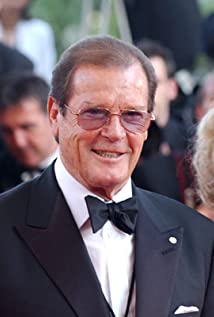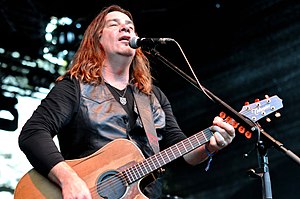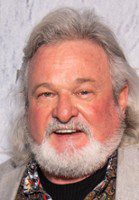Roger Moore
Popular As Roger George Moore
Birthday October 14, 1927
Birth Sign Libra
Birthplace Stockwell, London, England
DEATH DATE 2017-5-23, Crans-Montana, Switzerland (89 years old)
Nationality United Kingdom
Height 6' 1¾" (1.87 m)
#2293 Most Popular













